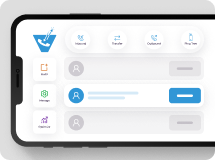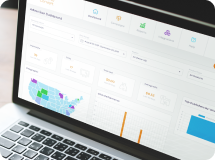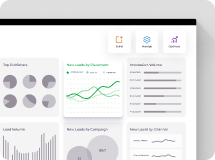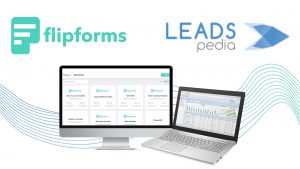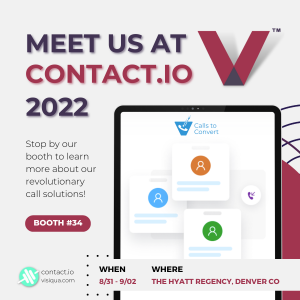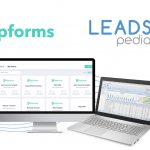The Landing Page: Starting in the Right Place With the Right Mindset:
One of the most common stumbling blocks for modern marketers is the very place we first interact with a user: the landing page. Rather than focus on building effective landing pages we are instead tempted to re-purpose legacy forms or drive people to the home page if the site has a data capture on it. These are rarely good options as they have not been optimized for the campaign objectives. The landing page is the first real touch point we have with a customer during a campaign, and it needs to be approached with significant thought. A poorly executed landing page will torpedo even the most well-constructed marketing effort.
As you begin to build out a campaign specific landing page, consider first the end goal: is the focus to capture as much data as possible? Is this a high consideration purchase? Are you building a database to nurture? Is the campaign a pure learning/data play? Do you plan to qualify and hygiene the data in-flow? The answers to these questions should drive your mindset for building registration forms and landing pages.
As an example, if you are launching an effort with a broad target market and high volume is important to you, then the user experience should be simple, direct, and above the fold. In widely targeted campaigns like new CPG product launches, consumer conquesting, or coupon based nurturing, making sure you don’t lose the user is the primary consideration. In this case, boil the form down to the fewest possible fields, keep it above the fold and create messaging focused on driving the conversion as opposed to educating the user. These shorter forms will open you up to less qualified data, but resisting the urge to add fields or lengthen the process is key to keeping your conversion numbers and acquisition cost in line with market expectations. To help mitigate risk, we recommend scoring the traffic on the click and validating the data on the backend to improve quality without negatively impacting the conversion rate (more on these approaches and tools to follow in our next post).
On the other hand, if this is a high dollar purchase, has a long buying cycle, is complicated, or involves a third party like procurement, then a more involved marketing approach and form will be the optimal strategy. In these cases, the focus of the form should shift to qualifying and educating users rather than attempting to quickly convert as many of them as possible. Campaigns that will need to utilize this type of form methodology will typically be in professional services, business to business marketing, or high dollar e-commerce spaces. The key here is qualifying the user over numerous content-heavy pages, while building value in your product. Losing half or more of your prospects in that process should not alarm you, as you are weeding out the least interested first. Data hygiene and user qualification is improved by the length of the process enabling one to validate between pages, track page progression rates, and measure drop-off rates at a per source level. These are all strong indicators of user intent and traffic quality which can be used as an early KPI to optimize campaigns without waiting for the complete purchase cycle to occur.
In our next post on landing pages, we’ll look at best practices on the back end of these forms, focus specifically on: data validation, traffic scoring, measurement, and page content.


